JTF (just the facts): A total of 29 black and white photographs, framed in white and matted, and hung against almond and putty colored walls in the entry and the two room gallery space. The works are a mix of vintage albumen silver prints and gelatin silver chloride prints, made between 1898 and 1926. All of the prints are sized roughly 9×7 (or reverse). The exhibit also includes a vintage album containing 28 albumen silver prints (2 on display, with the cover, in a vitrine), from c1910. (Installation shots below, courtesy Pace/MacGill Gallery.)
Comments/Context: There is something entirely satisfying about the last gallery show review of 2014 being devoted to the work of Eugène Atget – wherever we go, however far we stray from the roots of the medium, however much we embrace new technologies and willfully break existing boundaries, we can always come back to Atget and be reminded about the unique power of photography.
The broad outlines of Atget’s story (his relentless, systematic, and loving documentation of Old Paris, the peerless clarity of his vision, his later life rediscovery by Berenice Abbott and John Szarkowski) need not be repeated here in any detail; we all already know this tune by heart. But what’s truly exciting about this show is that it isn’t the old refrain brought back for a happy encore. It’s a scholarly look at the Atget we haven’t seen, the one that fits around the edges and in the cracks of the massive (and arguably definitive) four volume catalog published by the MoMA in the early 1980s.
While it has become popular sport to tar all collectors with the broad brush of being either speculators or fools, shows like this one should do wonders for correcting the perception that collectors can’t be as thoughtful or knowledgeable as their museum counterparts; on the contrary, it has been my experience that a dedicated (some might say obsessive) collector with adequate resources can actually end up driving/supporting active scholarship just as effectively as any institutional curator. In this case, the Atget works on view come from the collection of Dan and Mary Solomon and represent a sampling of roughly 20 years of seemingly tireless work on the French photographer. And in many ways, their strategy has been non-obvious. They didn’t take the four volume MoMA catalog and page through it picking out favorites, making a shopping list of pictures they wanted to ultimately acquire. In fact, they seem to have done just the opposite. Their premise was that there was still more work to be done on Atget, and they took as their challenge to not only build a representative sample of all of his key subjects and series, but to unearth great images that had been left out of the catalog, original exhibition prints and rare albums that had been lost/overlooked, and superlative prints that were superior to the ones MoMA had already gathered; in a sense, their collection was built to be a complement to what was already known about the artist, like the other half of a figure/ground drawing.
Finding prints of the consistent excellence on display here can’t have been easy; the photography world is awash in faded, dull Atgets, but these particular prints are engrossingly rich and nuanced. Ironwork seems burnished, street corner shadows have presence, and carousels and clothing shops pop with contrast. There is life and vitality in these silky tonal details, giving tactile depth and resonance to familiar reflections, prostitutes in alleys, and the famous organ grinder. As with many photographers, the difference between an average Atget print and an astonishing one is measured in light years.
The biggest revelation to be found in this show is in Atget’s late work (c1925), where the light takes on a more overtly expressive quality than ever before. Flares of light pass through trees and along allées, flash through stairways, and flicker through overgrown park greenery, while clouded sidewalks turn dark and mottled, full of uncertainty. There’s even an image with what appears to be a Friedlander-esque intruding self portrait shadow draped over a shining statue; even if it isn’t Atget and his cumbersome camera, there’s no denying he deliberately used the dappled darkness as a compositional device. His use of light brings energy and mystery to his late pictures, moving away from straight cool documentation toward something more meditative and atmospheric.
With perfect Pace/MacGill staging, this intimate show hits on all cylinders. While there are plenty of reasons to enjoy this show, I take particular pleasure in the idea of collectors taking on the task of expanding our knowledge of an already famous and influential photographer, and then delivering on that objective with such persistence and exacting meticulousness. While this project may have been a labor of love, it reads like thorough and professional investigation.
Collector’s POV: The prints in this show are not for sale individually; the plan is to keep the collection together and likely find a major institutional home for it in the future. Atget’s works are consistently available in the secondary markets, with dozens of images for sale in any given year. Prices range from a few thousand dollars for later/faded prints and unknown views to nearly $700000 for rare and iconic vintage prints.
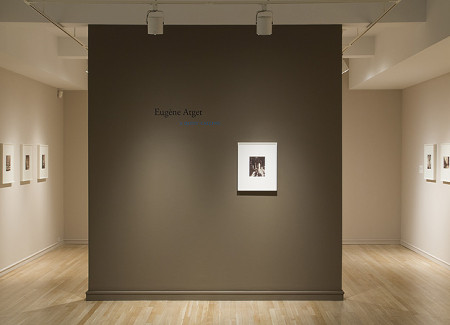

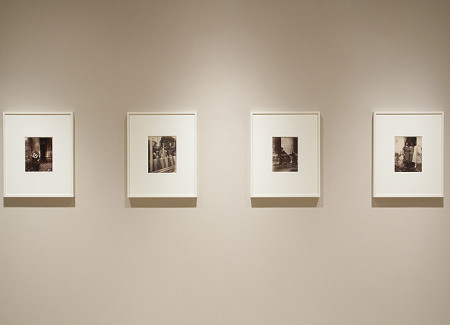

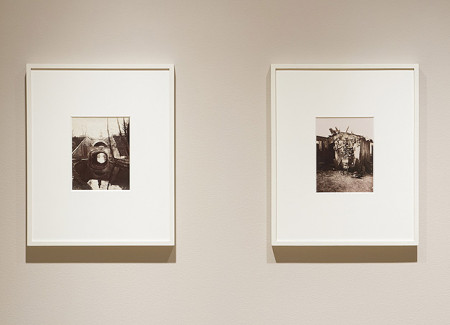
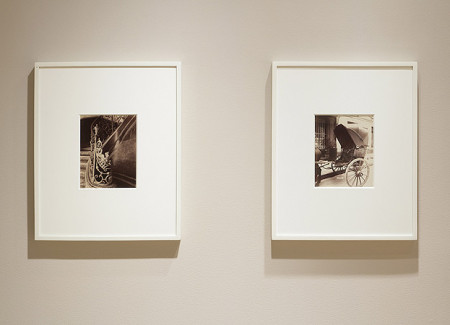
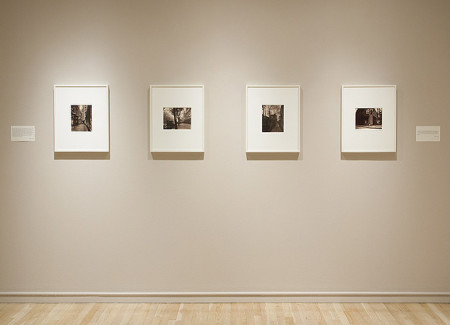
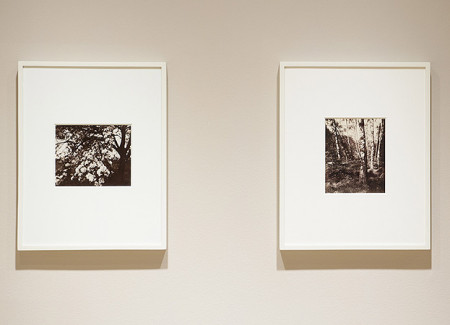


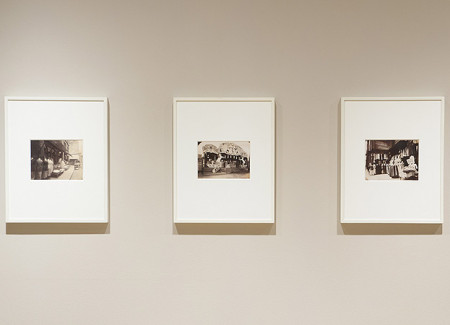
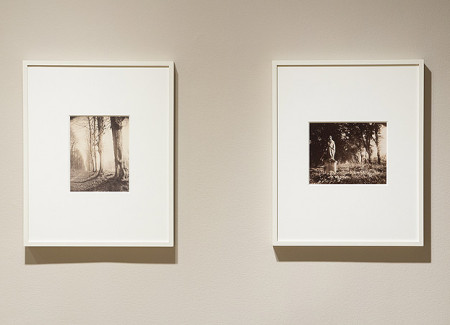





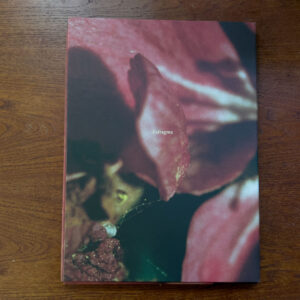
Great review to end the year on.
Thanks to you and Richard for sharing your thoughts, and best wishes for 2015.